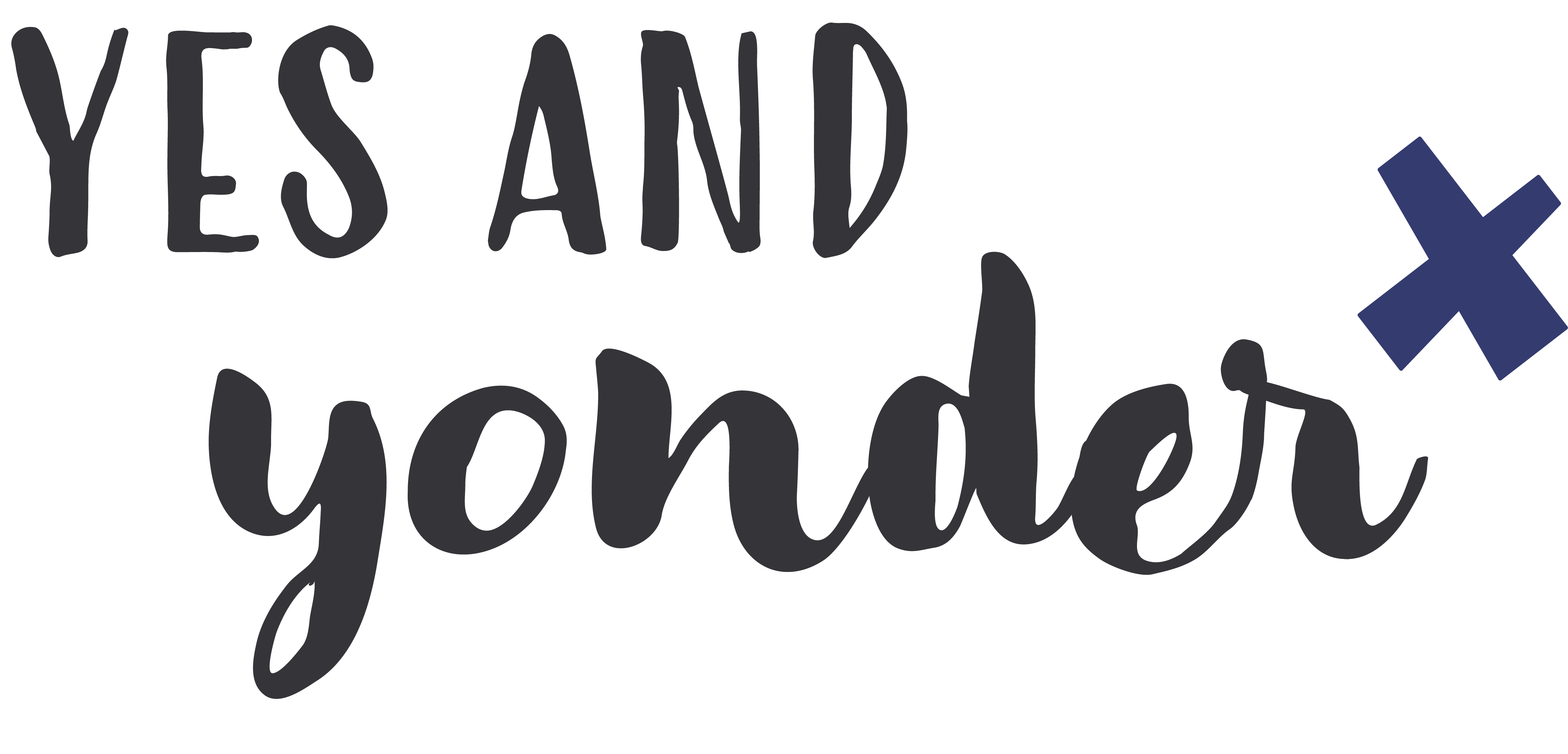Design research is a specialty for YAY, but I always feel a little wonky talking about. Sometimes I minimize it, “Oh, this is really just a fancy, industry term…” I need to stop doing that since it is distinct from other types of research, and I believe wholeheartedly in its power for learning about people so that existing products or services can be improved or new ones designed.
Design research is…
The simplest definition I can think of is that design research is an inquiry into understanding the people you serve. In this context, I mean design in a broad sense—not just graphic design, but the design of all kinds of experiences, programs, events, services, products, etc. It is often the first step in a larger design thinking process.
Consider how design research differs from market research. While there can be overlap in methods and many people practice hybrid approaches, market research prioritizes analytical and quantitative data with an end goal of deriving financial gains, while design research emphasizes empathetical and qualitative data with an end goal of meeting needs and improving experiences, or even lives (which can, of course, lead to financial upswing).
It may also, unlike scientific research, depend upon a smaller pool of respondents. No statistically significant sample required unless you need that because your product or services involve high risks or lives are on the line. And emotions are a chief focus of design research, so it is by nature subjective, whereas science tends to be objective and fact-based.
Design research pairs well with other types of research, especially when you want to know why people hold certain beliefs or behave a certain way. It’s also a great way to learn about the things you don’t even know to ask about in the first place, and for that reason can lead to interesting and unexpected findings.
Ideas for adding design research into your mix:
If you typically learn about your stakeholders via surveys and you aren’t ready to take the leap into more advanced methods yet, try adding some open-ended questions to your survey. These are harder to analyze than something that can be output into a pie chart or bar graph, but can lead to a wealth of new information. Adding follow-up why questions such as, “Why did you choose _______?” or “Why do you care about _______?” to your surveys can help you understand hidden motivations.
If you’re ready to dabble into some creative methods, but feel timid about the learning curve for in-person methods, try a simple self-reporting method like a graffiti wall. This requires none of the important bed-side manner required in interviews or observation research, so the bar for starting is a bit lower. This method shares a simple question or prompt on a poster, whiteboard, or other canvas in a place where respondents can write, draw, share emotions, and get creative with their answers. [See YAY’s how-to post on graffiti wall method].
In-person methods like interviews show you so much more: body language, facial expressions, tone of voice, hesitation. Things that you can’t see in a written survey. Conducting 2-3 interviews can give you much more insight into your audience(s) than you had before, even better if you can do 4-5. It can take a while to master interviews for empathy research, so practicing on a coworker can help. [See YAY’s post on interview tips].
Next time you are tasked with coming up with innovative ideas or face a really fuzzy challenge, I hope you’ll add some design research to your process! I’d be happy to answer questions if you need help getting started.

